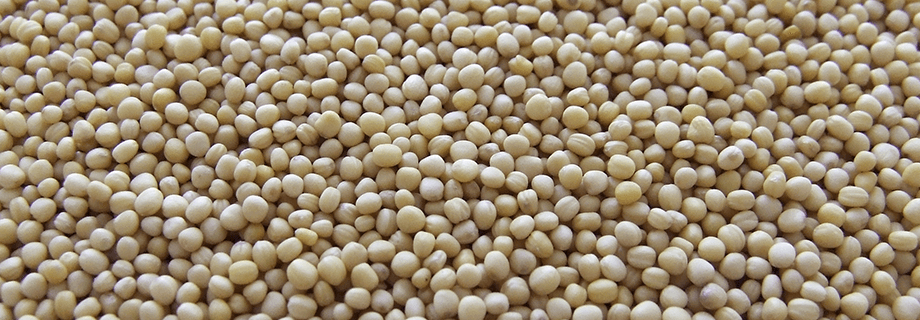The Role of Anti-Nutritional Factors in Seeds & Legumes

Legumes and pulses are consumed as an important part of diets for humans and animals. They are important source of protein, amino acids, carbohydrates, fatty acids and minerals when properly processed.
As early as 1917, Osborne and Mendel discovered that raw soybeans would not support the growth in rats unless the seeds are cooked. Feeding raw soybeans resulted in growth inhibition and enlarged pancreases.
It has been reported as early as 1947 that the proteinase inhibitors were capable of inhibiting the growth of insect larvae. It is also observed that wounded plants produce extra inhibitors and other anti-nutrients to save the plant species. Therefore, the presence of those proteins and chemicals are part of the survival mechanism of the species.
Those inhibitors exist as a defense mechanism to protect the seed and the plant by discouraging insects, birds, and other predators from consuming them.
Nowadays, it is a common knowledge that raw soybeans, other oilseeds, nuts, and grains contain compounds termed “Anti-Nutritional Factors”. Factors such as protease inhibitors (trypsin inhibitors) can interfere with protein utilization if ingested, lectins adversely affect carbohydrate utilization, and gossypol in cottonseed can tie up iron. Cyanogenic, goitrogenic factors, alkaloids and saponins are also other examples that can interfere with protein utilization.
Following the discovery of Osborne and Mendel, the feed and food industry experimented with and developed commercial thermal treatments of soybeans to effectively inactivate those inhibitors. Boiling, toasting, micronization, extrusion and roasting are some of methods used for this purpose.
Some geneticists and crop breeding companies have developed seeds that have very low anti-nutritional factors. Their justification is that those new varieties do not require heat treatment and can be consumed safely without cooking.
My questions and concerns are the following:
1. If we agree that the function of those inhibitors in the seed is to protect it until germination, then what alternative are we offering for those inhibitor-free seeds to defend themselves?
2. Eliminating the trypsin inhibitors through breeding may be counterproductive by not only robbing the seeds from their defense mechanism, but it may also reduce the total sulfur amino acids (methionine & cystine) content of the protein that is already a limiting factor in the soy protein.
The protein of the seed (storage protein of soybeans for example) excluding the protease inhibitors, are deficient in the sulfur amino acids methionine and cystine. On the other hand, the trypsin inhibitors are very rich in sulfur containing amino acids as they may account for about 40% of the total cystine content of some legume protein.
If this is the case, aren’t we making sulfur amino acids deficient seeds even more deficient? Doesn’t this require higher supplementation with synthetic methionine of any given diet?
3. I would like to see an economic justification for the farmers to grow and protect those seeds and for the producer to save on their feed formulation cost compared with heat treated soybeans.
In conclusion, I do believe that the above questions require clear answers before one can seriously consider the inhibitors free seeds.
References
OSBORNE, T.B. and MENDEL, L.B. 1917. The use of soybeans as food. J. BioI. Chern. 32,369-387.
BOOTH, AN., ROBBINS, D.J., RIBELIN, W.E. and DE EDS, F. 1960. Effect of raw soybean meal and amino acids on pancreatic hypertrophy in rats.



